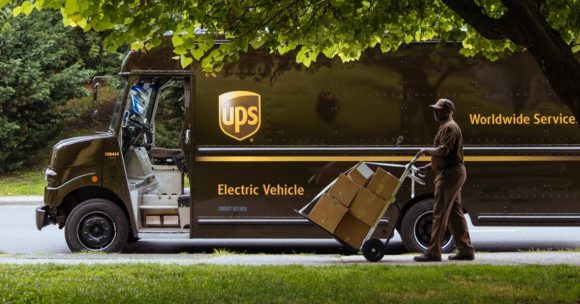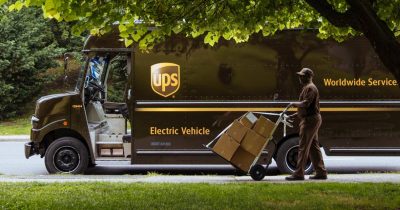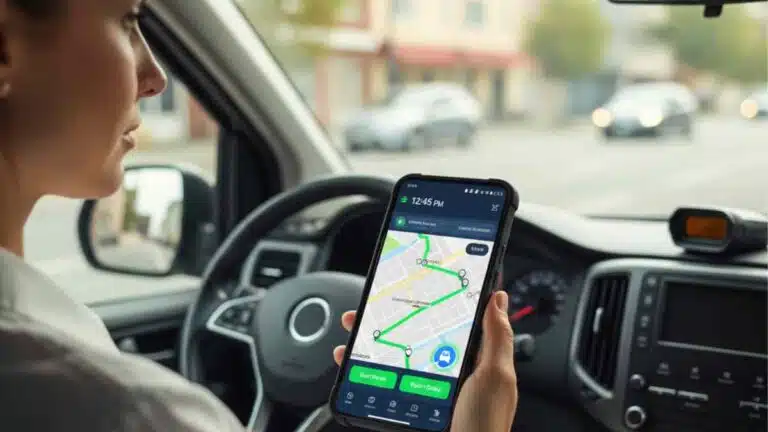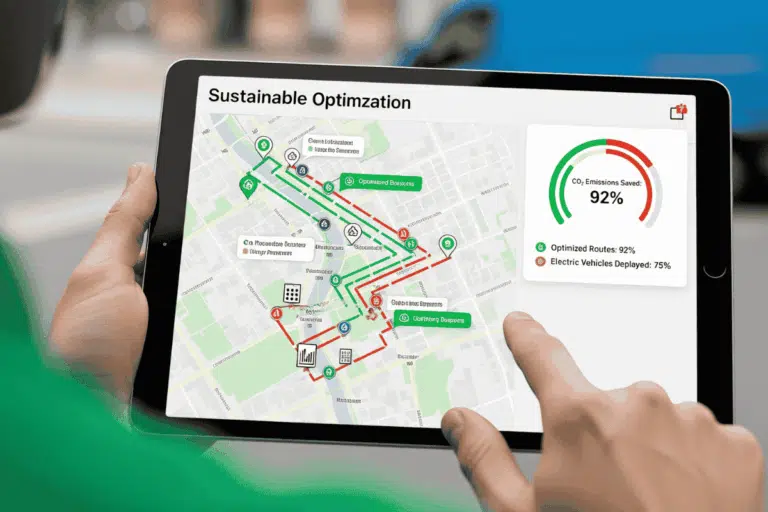Logistics companies world wide have had to master the art of route optimization to get goods delivered fast.
Imagine a large furniture business has to make a dozen deliveries in a day. Old fashioned spreadsheets just won’t cut it in today’s modern world.
Spreadsheets can’t warn your fleet about traffic and weather hazards, and it certainly can’t direct you on the best route for a delivery – but route optimization software can.
How does route optimization work?
Route optimization helps delivery vehicles find the best route to take, identifying the most efficient and effective paths for drivers. This process reduces travel time, distance, and fuel use while increasing productivity and keeping customers happy.
Route optimization benefits delivery businesses by ensuring timely and cost-effective deliveries, increasing efficiency, reducing fuel costs, and improving customer satisfaction.
By mastering the fundamentals of route optimization and leveraging sophisticated analytical tools, companies can significantly enhance their transportation operations, ensuring more efficient and cost-effective deliveries.
It is also important to set up the delivery fleet within the routing software to ensure efficient and optimized routes for the fleet.
Let’s take a look at some real-world examples of successful route optimization implementation.
UPS delivery businesses
Logistics giant UPS has used route optimization software with good success. The company offers integrated logistics solutions for customers in more than 200 countries and territories. It has its own proprietary route optimization software.
The company has successfully implemented route optimization, significantly enhancing its delivery routes to improve efficiency and reduce costs.
With a fleet of 125,000 delivery vans, including over 10,000 alternative fuel and advanced technology vehicles, UPS delivers approximately 5.5 billion goods annually.
UPS uses a route optimization algorithm to automate the process of finding the most efficient routes.
Amazon
In 2022, Amazon unveiled a route algorithm to help with delivery efficiency. The company’s customer order and network density optimizer (CONDOR).
This system helps make sure deliveries are as fast and efficient as possible by finding the most efficient route. It analyzes customer orders and the delivery network to figure out the best ways to get packages to customers quickly and efficiently.
Andrea Qualizza, senior scientist at Amazon’s Supply Chain Optimization Technologies said in a post at the time of launching the system, “We can enable carriers to deliver more packages to more customers on time, while reducing miles driven and carbon emissions from fuel.”
Amazon’s system aims to find the most efficient route for deliveries, considering various constraints like time windows, vehicle capacity, and road conditions.
7 Benefits of route optimization
Cost savings
By optimizing routes, logistics companies can plan the optimal route, minimizing the distance traveled and leading to lower fuel expenses.
Fewer miles traveled means less wear and tear on the company’s fleet, reducing maintenance expenses, altogether helping with fleet management.
Amy Ilyes, vice president of logistics engineering for US-based Penske Logistics, highlights the dual benefits of route optimization.
“Taking miles out is about saving money, but more and more of our customers have specific carbon-reduction goals, so it is more top of mind than it used to be. Optimization typically reduces miles and driver hours worked, leading to cost savings and enhanced sustainability,” says Ilyes.
Travel time
When delivery companies optimize routes, they ensure deliveries are made as quickly as possible. Better planning routes ensures that deliveries are made within a specific time.
This reduces the overall travel time and improves delivery reliability.
Increased productivity
When a delivery company has a proper planned route, it allows drivers to complete more deliveries in a shorter time, boosting productivity of the team.
Route optimization lets a company maximize the utilization of vehicles and drivers with optimized routes,
Enhanced customer satisfaction
Timely deliveries lead to happier customers. When customers receive more accurate estimated times of arrival (ETAs) it improves their overall customer experience. This may also lead to repeat business.
Environmental benefits
Logistics companies can contribute to the environment. If couriers reduce the distance traveled and improve fuel efficiency, the carbon footprint of delivery operations is less.
Enhanced operations
Route optimization using routing software allows delivery drivers to make real-time adjustments based on traffic conditions or new delivery requests, ensuring continuous optimization.
This technology will assist logistics businesses to manage delivery schedules and resources more effectively.
Increased Flexibility
Dynamic routing gives a delivery driver the capability to re-route deliveries on the go in response to changing conditions such as peak traffic jams and weather. This gives the driver added flexibility.
Route optimization systems can adapt fast to new orders and changes in delivery priorities.
Locate2u has route optimization software that can help logistics companies operate efficiently.
Route optimization software market
Grand View Research reports the route optimization software market is expected to expand in the next six years due to the rising demand for effective transportation management.
“As the global population grows and urbanization speeds up, transportation systems face increasing challenges from congestion, delays, and inefficiencies,” reads the report. Route planning software automates the route planning process, finding the most efficient routes for vehicles or fleets.
Grand View Research finds that this technology solves transportation problems by determining the quickest and most efficient routes, which optimizes delivery schedules, shortens travel time, and boosts overall transportation efficiency.
However, Google Maps has limitations in route optimization compared to specialized software, as it cannot optimize routes or sequence stops efficiently.
What about sustainability? “As businesses strive to reduce their carbon footprint and promote eco-friendly practices, vendors in this market are incorporating features that enable clients to optimize routes in a manner that minimizes fuel consumption and greenhouse gas emissions,” reads the report.
NOW READ: Don’t cut off your customer: Boost sales with route optimization
Photo Credit: UPS, Canva
About the author
Sharl is a qualified journalist. He has over 10 years’ experience in the media industry, including positions as an editor of a magazine and Business Editor of a daily newspaper. Sharl also has experience in logistics specifically operations, where he worked with global food aid organisations distributing food into Africa. Sharl enjoys writing business stories and human interest pieces.











